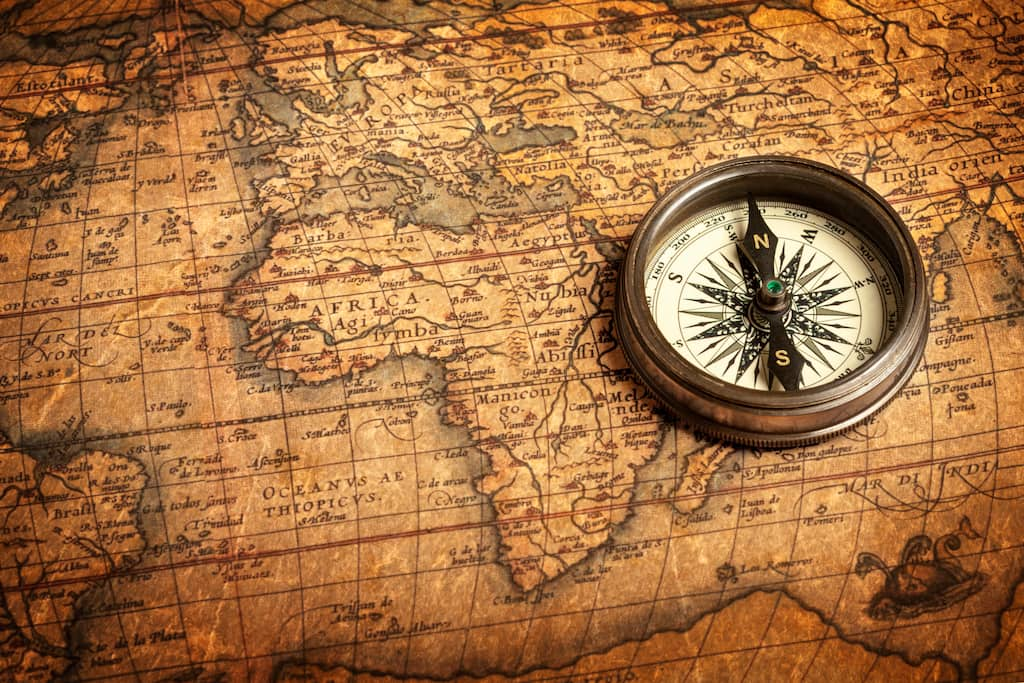The Evolution of Navigation - From Ancient Times to the Digital Age

Navigation has played a pivotal role in human history, facilitating exploration, trade, and cultural exchange. From the rudimentary methods of early seafarers to the advanced technologies of today, the history of navigation is a fascinating tale of innovation and discovery. In this article, we will delve into the key developments that have shaped the evolution of navigation over the centuries.
Ancient Navigation
The earliest forms of navigation relied on celestial observations and landmarks. Ancient seafarers utilized the positions of the sun, moon, and stars to determine their direction and latitude. They also relied on the knowledge of prevailing winds, currents, and coastal features to guide their voyages. One of the oldest known navigational tools is the astrolabe, which was invented by the Greeks in the 3rd century BC. The astrolabe allowed sailors to measure the altitude of celestial bodies, which could then be used to calculate latitude.
Medieval Navigation
During the Middle Ages, European sailors began to use the magnetic compass, which had been invented in China centuries earlier. The compass provided a more accurate and reliable way to determine direction, especially in cloudy or foggy conditions. Another important development in medieval navigation was the introduction of the quadrant, which allowed sailors to measure the angles between celestial bodies and the horizon. This allowed for more precise calculations of latitude and longitude.
Renaissance and Age of Exploration
The Renaissance and Age of Exploration saw a surge in maritime exploration and the development of new navigational techniques. Sailors began to use maps and charts to plan their voyages, and they also adopted new instruments such as the cross-staff and the backstaff, which improved the accuracy of angular measurements. The invention of the printing press in the 15th century led to the wider distribution of maps and navigational manuals, which made it easier for sailors to acquire the knowledge and skills needed for long-distance voyages.
Modern Navigation
The 18th and 19th centuries witnessed the development of increasingly sophisticated navigational instruments and techniques. These included the chronometer, which allowed sailors to accurately determine their longitude, and the sextant, which provided more precise angular measurements. In the 20th century, the invention of radio navigation systems such as LORAN and GPS revolutionized navigation. These systems allowed ships and aircraft to determine their position with unprecedented accuracy, even in conditions of poor visibility or over long distances.
Digital Navigation
The digital age has brought about a new era in navigation. Satellite navigation systems such as GPS and GLONASS provide continuous and accurate positioning information to a wide range of devices. Electronic charts and navigation software have also made it easier for sailors to plan and execute their voyages. The history of navigation is a testament to human ingenuity and the relentless pursuit of knowledge and discovery. From the rudimentary methods of ancient seafarers to the advanced technologies of today, navigation has played a vital role in shaping human civilization. As technology continues to advance, we can expect to see even more innovation and progress in the field of navigation, opening up new possibilities for exploration and adventure.












Comments ()